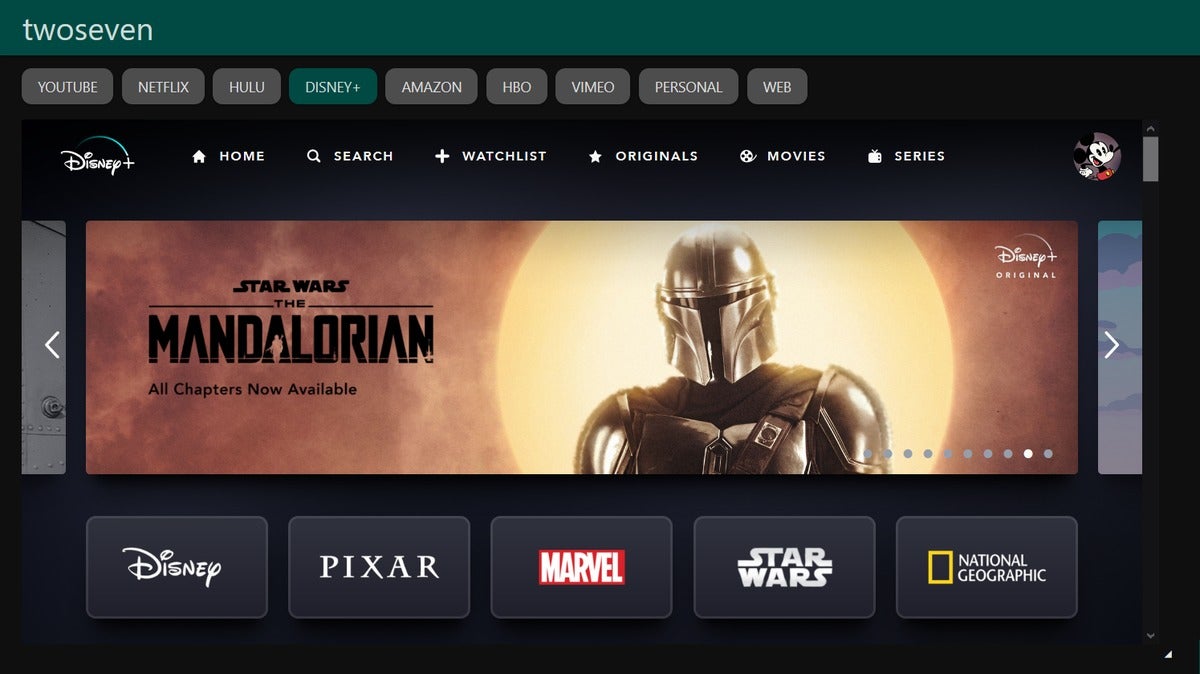- Can I Install Firefox On Chromebook
- Can I Install Firefox On Chromebook
- Install Firefox On Chromebook Linux
Andriod Devices

You must set a screen unlock PIN or password for Android to allow the steps below:
- Click the 'Root Certificate' button
- In the 'Certificate name' field enter 'ck'
- In the 'Credential use' field, leave the selection at 'VPN and apps'
- Click 'OK'
Apple Computers
Does anyone know how I can install Firefox on my chromebook. I heard you can do it using the Linux os, but I’m not very good with Linux. This thread is archived. New comments cannot be posted and votes cannot be cast. Install the Cisco Umbrella Root Certificate in Firefox Using Group Policy. By default, Group Policy cannot configure Firefox and, in general, deploying the Cisco Umbrella root certificate can be difficult for Firefox users because there is no built-in way to centrally manage Firefox. Firefox Developer Edition. Get the Firefox browser built just for developers. Check out the home for web developer resources. Firefox Reality. Explore the web with the Firefox browser for virtual reality. Donate your voice so the future of the web can hear everyone. Click 'Install' again, and then 'Install' a final time In Settings, go to General - About - Certificate Trust Settings Enable full trust for the ContentKeeper certificate. After you enable Developer Mode and install Ubuntu, follow these steps to launch the Linux desktop each time you power on your Chromebook. You'll see the warning screen stating that OS verification is off every time you reboot or turn the power on because Developer Mode remains active until you manually disable it, and is required to run Crouton.
- Click the 'Root Certificate' button
- Double-click the downloaded ckroot.crt from your Downloads folder on your Mac
- Enter your Mac's admin username and password if prompted
- Choose 'System' from the keychain drop-down list
- Double-click the certificate called 'ContentKeeper Appliance CA (Yuma)'
- Expand the 'Trust' section and change 'When using this certificate' to 'Always Trust'
- Close the pop-up
- Enter your Mac's admin username and password if prompted
- Quit the Keychain Application
Chromebook
- Click the 'Root Certificate' button
- In the Chrome address bar type: chrome://settings/certificates
- Click the 'Authorities' tab
- Click the 'Import' button
- Select the 'ckroot.crt' file that you downloaded in step 2, and click 'Open'
- Check the 'Trust this certificate for identifying websites'
- Click 'OK'
- Click 'Done'
Internet Explorer
(Windows 7 and Up)
- Click the 'Root Certificate' button
- Click 'Open' to open the downloaded certificate
- Click 'Install Certificate'
- Click 'Next'
- Click 'Place all certificates in the following store'
- Click 'Browse'
- Choose 'Trusted Root Certification Authorities'
- Click 'OK'
- Click 'Next'
- Click 'Finish'
- Click 'Yes' to install the certificate
- Click 'OK' twice

Firefox Browser
- Save the file to your computer
- In Firefox Options, go to 'Privacy and Security' then 'View Certificates'
- Ensure the 'Authorities' tab is selected
- Click the 'Import' button and select the file you just downloaded
- Check the box beside 'Trust this CA to identify websites'
- Click 'OK' and 'OK'
Certificate Installation
Install and trust the root certificate on your device.
Download the root certificate by clicking the Root Certificate Button:
Apple iPhone/iPad
Open Safari
- Click the 'Root Certificate' button
- Touch the 'Root Certificate' button
- Select 'Allow' if prompted
- Go to 'Settings' then click 'Profile Downloaded'
- Click 'Install' to trust the Root CA
- Enter Passcode if prompted
- Click 'Install' again, and then 'Install' a final time
- In Settings, go to General -> About -> Certificate Trust Settings
- Enable full trust for the ContentKeeper certificate
Firefox can now be installed on Chromebooks and other devices running ChromeOS. This article will explain the system requirements needed in order to run Firefox on ChromeOS and how to set this up.
To run Firefox on ChromeOS you first need to ensure that your system meets the following requirements:
System Requirements
- x86 based Chromebook running ChromeOS 80 or later
You can check this by going to chrome://version in the Chrome browser address bar. Follow these instructions from Google if you need to upgrade your OS.
- Enable Linux support for ChromeOS
Click here to learn more about how to set up Linux (Beta) on your Chromebook.
Once you've enabled Linux, check the Terminal to see if you have the correct version:
cat /etc/os-release
If the version is not 10 (buster) or above, you'll need to run the update script:

sudo bash /opt/google/cros-containers/bin/upgrade_container
This script will take some time depending on how fast your Chromebook and internet speeds are. Once it's done, you'll need to restart your Linux container. You can either right click on the Terminal Icon and select 'Shut down Linux (Beta)' or just restart your Chromebook.
- Enable Flatpak

Flatpak is a new packaging format for Linux, click here to learn how to add Flatpak support.
Can I Install Firefox On Chromebook
Install Firefox
Can I Install Firefox On Chromebook
Once the setup is complete, you can install Firefox from a Terminal:
Install Firefox On Chromebook Linux
flatpak install firefox
